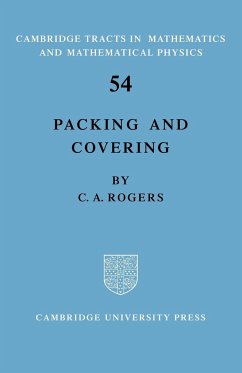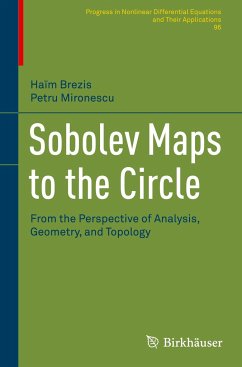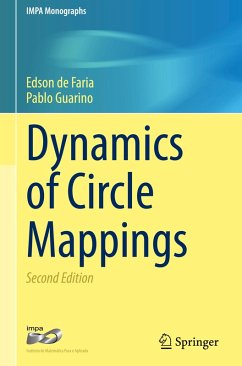
Introduction to Circle Packing
Versandkostenfrei!
Versandfertig in 1-2 Wochen
126,99 €
inkl. MwSt.

PAYBACK Punkte
63 °P sammeln!
The topic of 'circle packing' was born of the computer age but takes its inspiration and themes from core areas of classical mathematics. A circle packing is a configuration of circles having a specified pattern of tangencies, as introduced by William Thurston in 1985. This book, first published in 2005, lays out their study, from first definitions to latest theory, computations, and applications. The topic can be enjoyed for the visual appeal of the packing images - over 200 in the book - and the elegance of circle geometry, for the clean line of theory, for the deep connections to classical ...
The topic of 'circle packing' was born of the computer age but takes its inspiration and themes from core areas of classical mathematics. A circle packing is a configuration of circles having a specified pattern of tangencies, as introduced by William Thurston in 1985. This book, first published in 2005, lays out their study, from first definitions to latest theory, computations, and applications. The topic can be enjoyed for the visual appeal of the packing images - over 200 in the book - and the elegance of circle geometry, for the clean line of theory, for the deep connections to classical topics, or for the emerging applications. Circle packing has an experimental and visual character which is unique in pure mathematics, and the book exploits that to carry the reader from the very beginnings to links with complex analysis and Riemann surfaces. There are intriguing, often very accessible, open problems throughout the book and seven Appendices on subtopics of independent interest. This book lays the foundation for a topic with wide appeal and a bright future.














